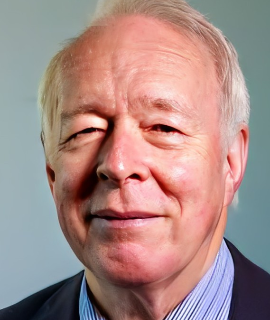Root canal treatment
Root canal treatment is a dental procedure used to treat an infected or abscessed tooth. During a root canal, the dentist removes the damaged or decayed pulp inside the tooth and replaces it with a rubber-like material called gutta-percha. The procedure is usually done in one or more visits to the dentist and is often used to save a tooth from extraction. The first step of a root canal treatment is to remove the infected or damaged pulp from the tooth. The dentist will use specialized instruments to access the inside of the tooth and then carefully remove the pulp tissue. The pulp chamber and root canals will then be cleaned and shaped to allow for the insertion of the gutta-percha. The gutta-percha will then be inserted into the canals and sealed off with a special cement. Once the root canal treatment is complete, the tooth may need to be restored with a crown or other restoration. The restoration will protect the remaining tooth structure and prevent further damage. The restoration will also help the tooth to function properly and look more natural. Root canal treatment is a common and successful dental procedure. It can help to save a tooth from extraction and can help to prevent further damage from occurring. It is important to see a dentist if you have a toothache, as it may be the sign of an infection that requires root canal treatment.

David Geoffrey Gillam
Queen Mary University of London, United Kingdom
Christopher Turner
Spacemark Dental, United Kingdom




Title : Evaluating hygienist follow up for head and neck oncology patients in secondary care: Results from a two cycle audit
Peter Basta, Newcastle Dental Hospital, United Kingdom
Title : Atypical facial pain unravelled
Christopher Turner, Spacemark Dental, United Kingdom
Title : New treatment of temporomandibular disorder through muscle balance and muscle regeneration by activation of quiescent muscle stem cells( satellite cells) with mitochondrial dynamics
Ki Ji Lee, National Reserach Foundation & Busan Medical University, Korea, Republic of
Title : MRONJ and ORN: Referral or management in primary care? Navigating guidelines in the context of long waiting lists
Alisha Sagar, NHS England, United Kingdom
Title : Managing the unexpected: An Insight into supernumerary teeth
Bahar Gharooni Dowrani, Guy's and St Thomas' NHS Foundation Trust, United Kingdom
Title : Laxative prescribing for post operative head and neck cancer patients at Derriford Hospital
Pui Sze Kylie Li, Cardiff and Vale University Health Board, United Kingdom